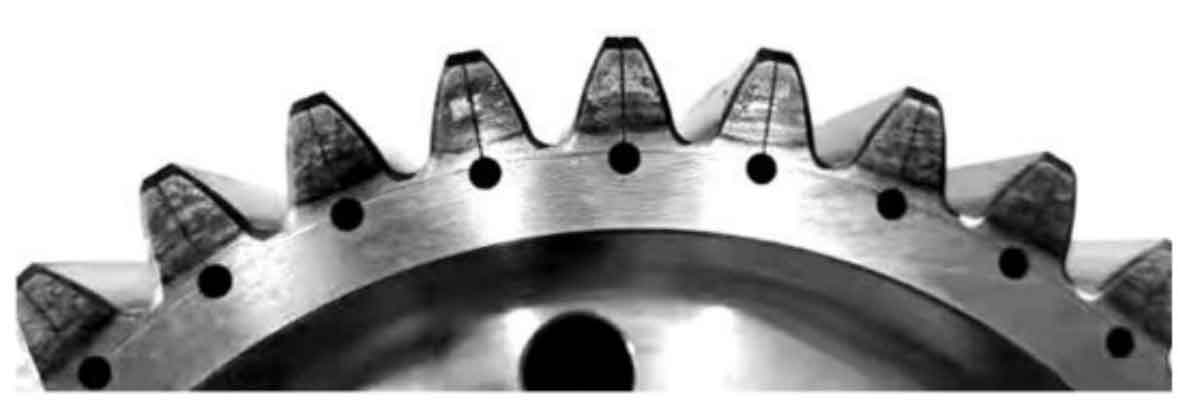Gear engineering can be simplified and streamlined using a spur gear calculator. A spur gear calculator is a valuable tool that helps designers quickly and accurately determine key parameters for spur gear systems. Here’s how you can utilize a spur gear calculator to simplify the gear design process:

Define design requirements:
Clearly understand the requirements of your gear system. Consider factors such as the desired gear ratio, input/output speeds, torque requirements, power transmission capacity, space constraints, and any other specifications specific to your application.
Select a reliable spur gear calculator:
Choose a reputable spur gear calculator that suits your needs. Ensure that the calculator provides options to input essential parameters and offers accurate calculations based on recognized gear design principles and standards.
Input the necessary parameters:
Enter the required parameters into the spur gear calculator. These typically include the number of teeth on the driving gear (pinion) and driven gear, center distance, module or diametral pitch, pressure angle, and other relevant factors.
Calculate gear dimensions:
Once the parameters are inputted, the spur gear calculator will provide calculations for various gear dimensions. These dimensions include pitch diameter, addendum, dedendum, tooth thickness, clearance, and other crucial measurements necessary for creating the gear profile.
Evaluate output data:
Examine the output data provided by the calculator. Review important parameters such as pitch diameter, tooth profile, tooth thickness, pressure angle, and clearance. This information will help you assess the performance and characteristics of the gear system.
Verify design constraints:
Ensure that the design meets critical design constraints. Check for issues like tooth interference, undercutting, and bending strength. Make necessary adjustments to the gear parameters in the spur gear calculator to ensure compliance with design constraints.
Optimize performance:
Utilize the spur gear calculator to explore optimization opportunities. Adjust parameters like gear ratio, module or diametral pitch, and pressure angle to achieve desired performance characteristics such as load distribution, efficiency, and noise reduction. Iteratively refine the design to meet your performance goals.
Validate the design:
After obtaining a design that meets your requirements, validate it using additional analysis methods. Conduct detailed simulations, such as finite element analysis (FEA), to analyze stress distribution, contact patterns, and operational behavior. Confirm that the design is robust and reliable under anticipated operating conditions.
Document and communicate:
Document the design specifications, including gear dimensions, material requirements, and any specific manufacturing instructions. Communicate the design details effectively with manufacturing teams or gear suppliers to ensure accurate production.
Remember that while spur gear calculators simplify the design process, they are not a substitute for engineering expertise and experience. It’s essential to have a solid understanding of gear design principles and consult relevant gear design standards when using a spur gear calculator.
